
Final Fantasy XVI Review
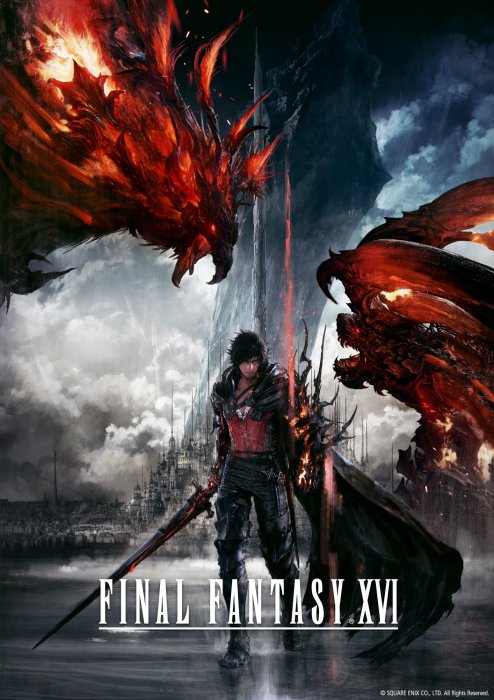
Pros
- A rich, enticing story
- Impressive lore and worldbuilding
- Excellent voice acting
- Gorgeous visuals
- Torgal
Cons
- Repetitive combat
- Awful itemization
- Dull progression
- Filler side content
As someone who is entirely new to the Final Fantasy franchise, I came to the sixteenth episode in the series without any preconceptions of what to expect. That said, I’m reliably informed by fanatical colleagues that this instalment comes with a number of changes to game mechanics and features, especially in terms of combat. Although I have no reference point of my own for how Final Fantasy XVI compares with its predecessors, most gamers have some idea of what the franchise means to its most devoted fans, and how valuable it has been in terms of providing innovative methods of storytelling through games, while assimilating influences from various mythologies, histories, and contemporary culture.
Whether this instalment succeeds in that and more will depend on the particular sensibilities of each player. In preparation for this review, I asked a number of people for their personal views on the gameplay, story, sound, graphics, and overall value of the game. It was clear that there’s some consensus on the quality for each of these categories, with gameplay suffering the worst scores, though still not terrible. There were also outliers from the generally positive perception of the story. We’ll go through each of the above categories in more detail, along with additional thoughts on the equipment system and side content.
Gameplay - Combat and Side Content
The majority of your time in Final Fantasy XVI will be spent playing as Clive Rosfield, the main protagonist of the story. As Clive in his standard human form, the player has access to plenty of abilities and skills, but he also has an Eikon form which only occurs in main story segments.
The combat really comes alive once you gain access to more Eikon abilities. These are powerful, godlike attacks which can be harnessed by specific individuals known as Dominants. There are normally seven Dominants alive at any given time, and each one channels the power of a deity or mythological creature.
Eikon Abilities: A Missed Opportunity
The Eikon form often feels more like a playable cutscene rather than proper combat, but in Clive’s standard form there’s a lot more versatility in terms of combos and abilities. Some of these require precise timing to make them useful, and the combat really comes alive once you gain access to more Eikon abilities. These are powerful, godlike attacks which can be harnessed by specific individuals known as Dominants. There are normally seven Dominants alive at any given time, and each one channels the power of a deity or mythological creature.
Clive has powers of his own, but their significance is gradually revealed through the story.
As the story progresses, Clive gains access to more Eikon abilities, each of which provide new forms of combat. You’re rarely short of new abilities to learn, but you can only wield six out of a total of thirty at any given time. The variety in Eikon abilities is welcome, but many of them are unlocked much later in the game, so the only real opportunity to make good use of them is in a NewGame+ scenario.
Even then, there are few combat encounters which feel genuinely challenging, and the overpowered nature of most Eikon abilities diminishes their impact when you can expect to vanquish most enemies in just a few seconds, with very little effort involved. On the other hand, when it comes to fighting elites and bosses, their attacks feel too predictable and the only thing which makes them tougher is a ridiculously high amount of health.
The high scoring attack numbers flying around the screen feel a bit meaningless most of the time, and it’s easy to get stuck into a routine of using the same Eikon abilities in the same order, just because you know it’s the most efficient method for grinding down the immense health of a boss. The Eikon abilities can still be fun to use, but the near constant lack of being threatened by any combat encounter makes them feel like flashy opportunities to hasten the end of a fight, rather than indispensable powers in your arsenal.
(1 of 2) There are numerous Eikon abilities that Clive can choose from, with more unlocking throughout the story.
There are numerous Eikon abilities that Clive can choose from, with more unlocking throughout the story. (left), Clive is able to harness the power of different elements with Eikon abilities, such as lightning. (right)
Eikon abilities aside, the basic melee and ranged magic attacks are far too repetitive. Once all available Eikon abilities have been used, you find yourself falling into a familiar pattern as you execute the same basic attacks or combos, which hardly inflict enough damage to make them worthwhile. It’s difficult to justify bothering with these regardless, since the basic dodge is easy enough to keep Clive alive indefinitely in most battles, so you’ll soon find yourself waiting for the Eikon abilities to become available again while dancing around, feeling impotent without them.
Side Content and Progression
Valisthea, the world that Clive and his companions inhabit, is a large map with six major powers: the Grand Duchy of Rosaria, the Holy Empire of Sanbreque, the Kingdom of Waloed, the Dhalmekian Republic, the Iron Kingdom, and the Crystalline Dominion. Although most of the main story quests are fairly linear, you will need to travel between these realms throughout much of it, and especially during side quests.
There’s a reasonable amount of open world to explore here, but nothing on the scale of a Red Dead Redemption 2, for example. Still, a world of this size benefits from some kind of fast travel system, and Final Fantasy XVI has one in the form of discoverable obelisks. These are incredibly useful for porting around the map to complete specific tasks quickly, and since not all of the regions are connected by a continuous open world, they’re often required to reach new places.
Travel & Quests: Some Good, Some Bad
The fast travel system works well, but other forms of movement throughout the world can feel frustrating at times. For example, there’s no manual sprint function for Clive, so instead you need to break into a run and wait for the sprint to activate after a few seconds. This will only happen once you leave major settlements, so there’ll be no sprinting in populated areas. It’s difficult to justify this kind of basic limitation in movement, and although it may seem like a minor irritation, it becomes tedious when you encounter enemies in the open world that you’d rather just sprint away from, since you’re forced into the slower pace of a jog. Clive does acquire a mount eventually, but the clumsy animations and limited swiftness aren’t satisfying enough to make it an attractive option most of the time.
The way in which Clive acquires the mount speaks to one of the best elements in the game: side quests being linked to story and progression. It’s easy to spoil things if too much is said here, but the mount that Clive acquires is also part of his history and refers back to a significant moment in it. The mount has its own story tied to the side quest, which does a lot for enhancing immersion and worldbuilding. Other side quests are useful in different ways, such as recurring visits to the Blacksmith which relate to alleviating his troubles, but also result in access to new gear and weapons (more on that later). Clive’s potions for healing and increasing combat effectiveness are also improved through side quests, giving them a real sense of purpose.
Some side quests bring Clive to places that are otherwise overlooked in the main story.
These side quests associated with tangible progression are among the best, but sadly they don’t account for the majority. There are plenty of others which see Clive traveling around the world engaged in what often feel like menial tasks. In other words, MMO-style filler which is more enjoyable in a genuine open world that you might be traveling through with a few friends, giving you an opportunity to chat and relax along the way. In the context of the epic main story that Final Fantasy XVI provides, they feel slightly out of place, and they soon become monotonous and predictable. Having said that, there are plenty of side quests which do a good job of enhancing lore and tying up loose ends in the story, especially with Clive’s faithful hound, Torgal. The main issues with these is that they all seem to come at once in ways which disrupt the pacing at times, often feeling more like main quests which are oddly scattered throughout the story.
Hunts and Trials: A Real Challenge?
Outside of an abundance of side quests between main story segments, there are also Hunts, which are essentially optional bosses that you gradually gain access to. They aren’t automatically marked on the map, so you need to read the clues mentioned on a Hunt Board to discern where they might be. This can be a fun way to get you thinking about the structure of the world, but the fights themselves are underwhelming. Few are challenging enough to be considered proper bosses, and it feels like a missed opportunity for what could’ve been a set of genuinely tough fights that people looking for a bit more of a challenge outside of the story could set their minds to.
The closest thing to a challenge in the game is arguably the Chronolith Trials. There’s a trial for each Eikon, pitting you against a series of enemies and a boss, which you’ll need to defeat within a specific timeframe and without any healing items. Once you defeat the first trial of each Eikon, it will appear at the Arete stone, which is a hub for further side content located at The Hideaway, a kind of base of operations for Clive & co. At this stage you can access a final version of the trial, which can actually provide something of a challenge for most players. I found myself rarely using the Arete stone, and would only consider it for grinding trophies, since it also allows you to replay most main quests. The same goes for the Hall of Virtue (a training arena): combat just wasn’t challenging enough to require much practicing.
Graphics and Animations
So, we have mixed feelings about the gameplay elements of Final Fantasy XVI, but what about the graphics and sound design? Well, there’s a lot to like here. We’ll start with the graphics.
The way light diffuses and reflects on different types of clothing or armor such as leather, cloth, metal plate and chainmail appear almost photorealistic at times. It’s not just a pleasing gleam which is washed over these surfaces, but the way that light interacts in different ways with each material in the same scene.
Detailed Scenes
The attention to detail in the visuals of Final Fantasy XVI really make it shine, but not in all situations. We’ll start with what’s undeniably good: subtle features in character and outfit design. This is best seen during cutscenes, where the camera often highlights faces and outfits for close inspection. There’s a clear favoritism for the main characters in this, but most side characters also display an admirable level of care and effort put into their designs. This can be seen in the fine details of things like facial hair, dirt and blood patches, or the sheen of sweat which is clearly visible on characters who have exerted themselves, especially when the lighting hits the right spot. The same is true for most environmental details, from granular textures on stonework to the bubbling foam in waves on a shore. There are exceptions though, such as the lack of refined details in foliage and some water surfaces.
Lighting and Shadows
Speaking of lighting, this is another area where the graphical features of Final Fantasy XVI perform exceptionally well. The way light diffuses and reflects on different types of clothing or armor such as leather, cloth, metal plate and chainmail appear almost photorealistic at times. It’s not just a pleasing gleam which is washed over these surfaces, but the way that light interacts in different ways with each material in the same scene. These details add depth and enhance texture to items that might otherwise be overlooked in a scene, and it helps to viscerally immerse the player within the story when used appropriately. Most of this detail occurs in cutscenes however, and it’s not always present when observing the open world. Shadows, on the other hand, are consistently convincing throughout.
Colors and Animations
The use of color in cutscenes is also impressive, such as in darker scenes where some materials shine brightly with the ambient light. Unfortunately, the same can’t always be said for the ambience of the open world, especially later in the story where the skies become noticeably darker. Here some environments feel washed out, or covered in a slight brown tint which makes the world appear dull. This may be more of an artistic choice however, since the open world is vibrant and beautiful in the first half of the game, before the skies are changed. In general, the colors blend effortlessly well together, with natural hues for forest, desert, and volcanic landscapes, as well as variation in material colors for buildings and other structures. The scenes of the Mothercrystals are particularly arresting, especially when lit against the dark atmosphere of the skies.
The lighting is particularly impressive in dark scenes, especially where Mothercrystals are concerned.
Animations are also a bit of a mixed bag. There is little to fault when it comes to the main story cutscenes, with plenty of subtle movements that convey hints of emotion and, when required, explosive power in the form of Eikon battles. The latter are generally well presented as breathtaking spectacles, with the particular affinity of an Eikon being represented by elements such as fire, ice, and earth. There are some awkward transition moments from cutscenes to quick time events during these scenes, where the animations seem to stutter, but these are infrequent enough to be a minor issue. Animations in the open world are also highly polished, with Clive’s sprint being a particular highlight, not to mention the fluidity of his attack moves in an otherwise chaotic visual experience.
There are moments when Clive seems to float while walking slowly in an area, especially while turning, but this is more of a nitpick. The real issue with animations here isn’t exclusive to Final Fantasy XVI, but to most games which have a lot of side content: a jarring difference between main story scenes and what we might refer to as secondary scenes. The secondary scenes generally occur during side quests, or with dialogue exchanges outside of the main story. Here the characters often feel stiff and lack the same level of detail in facial expressions and other gestures. A favorite reused animation seems to be a sassy one hand on the hip, which players will notice being frequently used by almost every character, including Clive.
Voice Acting, Music, and Ambient Sounds
The voice acting in Final Fantasy XVI is some of the best that I’ve heard in any game. The quality of the dialogue and voiceovers are consistent between main characters, and even among random side characters that you may only meet once for a side quest. The difference this makes in terms of immersing you in the world, making you feel like there are real personalities behind the characters, cannot be overstated. A personal favorite is Edmund Dehn’s voice for Harporcrates, a character who serves the role of a loremaster, and who is lovingly referred to as “tomes” by some of his compatriots. Another highlight is found in the no-nonsense, ever-delightful acerbic wit of Charon, voiced by Lorraine Bruce. Her infusion of droll sarcasm to almost every line makes Charon among the most memorable shopkeepers in any game.
There are some moments of near-cringe, potential overacting in the most intense emotional scenes, but the perception of this may vary depending on your investment in the story. The voiceover for Clive can also seem comical at times, as he seems to whisper more than talk in a Christian Bale-esque Batman style. Overall, though, the voiceovers are excellent.
Voice acting for relatively minor characters is consistently good, as are their costume designs.
There’s a lot to appreciate in the music for Final Fantasy XVI as well, with Masayoshi Soken doing an incredible job of matching the score to pivotal moments in the story. The use of the harp alongside soft, ethereal vocals in “Land of Eikons” is the perfect returning theme to the game, while “To Sail Forbidden Seas” and “Find the Flame” provide suitably epic accompaniments to some of the most spectacular battle scenes. There are some downsides to the soundtrack though, particularly with an overuse of the prelude theme during scenes where it doesn’t seem to fit, which diminishes the impact of its use in some of the most significant moments of the story.
There are also uses of music in some scenes which feel out of place, such as when the romance theme is being used when a war council is convening. Some of this may not be such a problem depending on your preferences, but it’s worth mentioning that it stuck out at times. Overall, the soundtrack is fitting, despite a tad too many filler tracks being used. The main downside in terms of sound design comes in the form of some relatively lifeless environments in the open world, where the sounds of trees and moving water are absent or negligible, and the effects of weather are muted. It would’ve been good to hear some proper rain, thunder, and wind, but this seems to have been overlooked. Most other sounds are adequate, such as the impact of Clive’s boots differing depending on whether you’re running over stone or mud tracks.
Notes on Equipment and Items
The itemization in Final Fantasy XVI is one of its weakest points. There are few gear changes and even fewer opportunities to change the appearance of Clive’s outfit. In fact, this only changes twice in a way which is forced by the story. The advantage of having only two main outfits for the protagonist, and often just one for other characters, is that clipping of weapons into clothes is kept to a minimum. It isn’t just the lack of gear that makes itemization a problem here, it’s also the number of weapons and accessories which feel useless. The process of upgrading to a more powerful weapon tends to hinge on story progression, and none of the upgrades have any exciting distinctions. Stat increases are incremental with each weapon or item of gear, and the difference made to your effectiveness in combat is hardly noticeable.
It’s clear that worldbuilding and lore is important in Final Fantasy XVI, and that’s demonstrated not only by the lore entries that you can read when speaking with Harpocrates, but also with the Active Time Lore function. This allows you to press a button at any point in the game, even during cutscenes, to read more about whatever is being mentioned on screen.
Weapons and gear aren’t the only items which feel useless. There are a number of potions which provide healing, or temporarily boost your defense and attack. There are rare occasions when you might need to heal more than once in a fight, but for the most part you will always have maxed potions for healing and defense. The overpowered nature of Clive as a combatant makes the attack potions hardly worth using, and any item which enhances combat performance outside of the reduction of cooldowns for some Eikon abilities feels redundant. Most of these items are available to purchase from the shop, but the need to replenish them just isn’t there, which also makes the economy system feel pointless. This is compounded by the fact that most of what you can buy can also be crafted, with an abundance of crafting materials that you’ll rarely find lacking.
Active Time Lore is the perfect feature for a game like Final Fantasy XVI, which values story and lore above all else.
The Story
It’s clear that worldbuilding and lore is important in Final Fantasy XVI, and that’s demonstrated not only by the lore entries that you can read when speaking with Harpocrates, but also with the Active Time Lore function. This allows you to press a button at any point in the game, even during cutscenes, to read more about whatever is being mentioned on screen. It’s a great feature which is easily overlooked, but ideal for anyone who cares about a comprehensive understanding of the history, characters, and concepts involved in the narrative.
Dark Fantasy Meets Political Intrigue
The story begins with Clive at 15 years old, just beginning to refine his abilities as a warrior in service of the Duchy of Rosaria. More specifically, his duty is to protect his brother, Joshua, the Dominant of the Phoenix. Joshua is five years younger than his brother, and he is destined to inherit Rosaria, with Clive as his First Shield. Clive is capable of wielding part of Joshua’s powers, but the extent to which he can control them is not yet known. Life seems happy enough at this time, but there’s a conflict growing with instability in the realm, and Elwin Rosfield, Clive’s father and an archetypal Ned Stark kind of figure, seeks to strengthen his position.
This early stage of the story is clearly influenced by the first season of Game of Thrones, and it soon ends with an event not unlike the red wedding. After this, time jumps forward by about 13 years, and we’re introduced to Clive as an enslaved adult in service of the empire. Betrayal is at the heart of what transpired in those early days, and the level of detail in the bonds expressed by that younger version of Clive has some relevance to what happens in the events that follow. This is easier to appreciate in hindsight, and it makes the first sequence of the story feel more relevant as Clive is slowly reintroduced to friends and family that he assumed were lost.
There are plenty of epic and visually spectacular scenes that unfold throughout the story.
It’s when Clive meets Cidolfus (Cid) Telamon, the leader of a mysterious group based in a secret location known as The Hideaway, that the story really gets going. Cid clearly has an intriguing past, but it’s revealed gradually as Clive is encouraged to join his cause. There’s a relatable sense of camaraderie and banter between the two, and Clive clearly begins to see Cid as a father figure. It’s not long before Clive finds himself entangled in the politics of Valisthean nations, and The Hideaway seeks to carve out a new way of life for all those who wish to exert their own will in the world.
Free Will, Duty, and Brotherhood
The concept of free will is at the heart of this story, and one of the main antagonists, a mysterious godlike being, represents the antithesis of it. The story takes on a new form as Clive and his companions begin to uncover the truth about this villain, discerning their origins and intentions. There’s a real sense of suspense that builds whenever this individual is mentioned or encountered, and it drives the need to continue with the main story like a good page-turner should. There are many unanswered questions that pop up throughout the story, but the path to understanding this elusive character, and what their intentions are, promises to provide answers.
For the most part, those answers are explored in a way that is satisfying, and the story wraps up with some heartbreaking conclusions which make it poignant in unexpected ways. With that said, there are elements to the story which can be perceived as naïve or credulous. Clive is often presented as a saint, with few flaws and not much in the way of character development after a certain point. His presentation sometimes feels a bit too idealistic, and some of the dialogue provokes wince-inducing contortions as Clive and his companions gush over each other.
This comes off as laughable and breaks immersion at times, but if you’re willing to believe in Clive as a truly selfless individual who seeks only to instill justice in the world, it can work, but at the risk of him seeming too one-dimensional. The real value of Clive’s story comes from his devotion to protecting his brother Joshua, and to duty. To him, the two are one in the same, and the thread of love shared between them extends throughout the tale. There are other absorbing relationships explored throughout the story, and perhaps the greatest triumph of this tale is that they often involve interesting side characters.
Aside from these occasional blunders in the tone of the narrative, the emotional impact of the story is often on point. There’s a reunion between Clive and his uncle, Byron Rosfield, after many years apart, where Byron doesn’t recognize his nephew. Byron is initially hostile but Clive is able to convince him by performing something which only the two of them would share, based on their past bonds. Without spoiling too much, this was one of the most touching moments in the story and a great example of where the superb voice acting, music, animations, lighting and subtle texture details all came together to create a memorable scene. This is just one example of many scenes which add real depth to the characters and allow you to connect with them in ways that feel meaningful. In my view, there are more of those scenes than the ones which feel flat.
There are moments when the best features of the game come together to create genuinely moving scenes.
Story Over Gameplay
To conclude, it’s clear that Final Fantasy XVI continues the legacy of great storytelling combined with stunning visuals, immersive performances, and powerful music. There may be some low points for each of these categories, but on balance they combine to create a compelling tale. On the other hand, gameplay elements are often lacking, and there’s a lot to be desired in terms of lackluster side content. Having said that, perhaps one of the more underrated aspects of this game is the level of polish in its presentation and performance. Not a single bug was encountered throughout, which is a much needed and welcome experience in the gaming industry these days. In short, Final Fantasy XVI is well worth your time, especially if you tend to appreciate story over gameplay elements.
A storytelling spectacle
Final Fantasy XVI represents a step forward for the franchise in terms of enhancing gameplay elements, but it falls short of being a truly engaging combat experience, with the otherwise fun Eikon ability system being let down by a lack of difficulty. The game thrives as a story-driven experience, with consistently spectacular scenes made more immersive by the outstanding voice acting and fine attention to detail in graphical design. Some players may find themselves wanting more from the sound design, but when the music is on point it truly shines. If rich storytelling, extensive lore, and enticing worldbuilding are your thing, you’re unlikely to be disappointed here.
Gameplay:
Sound:
Graphics:
Story:
Value Rating:

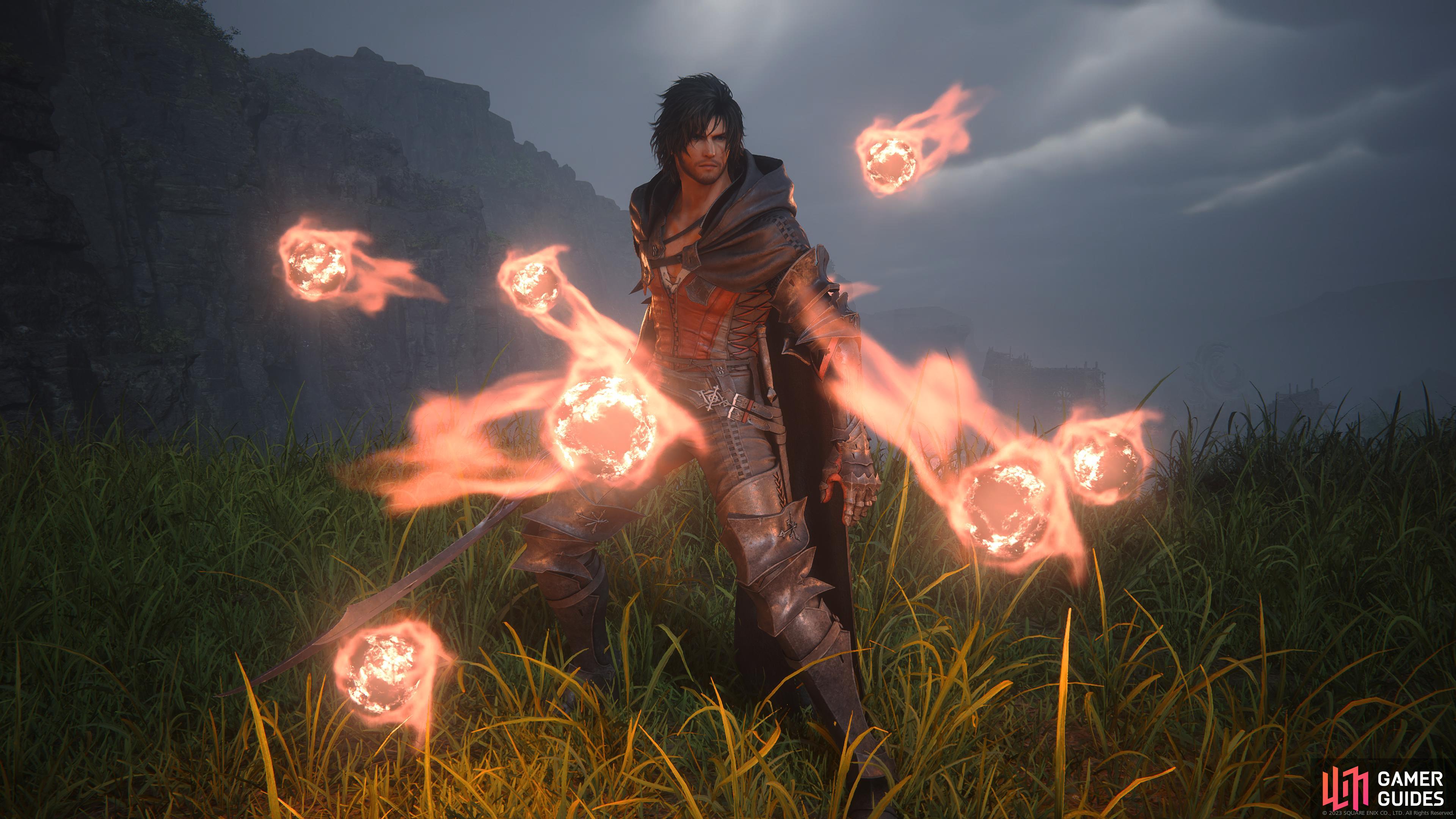
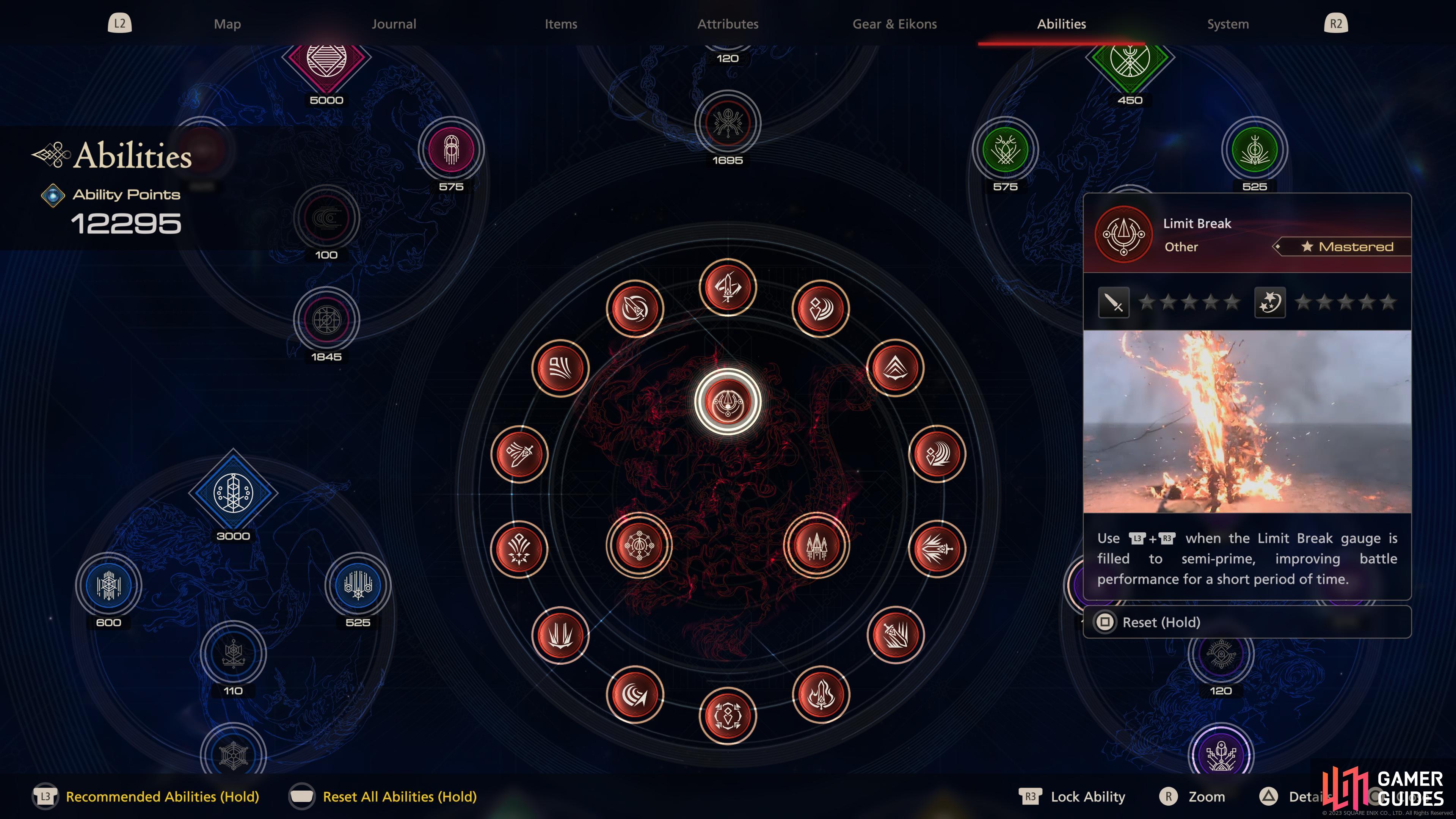
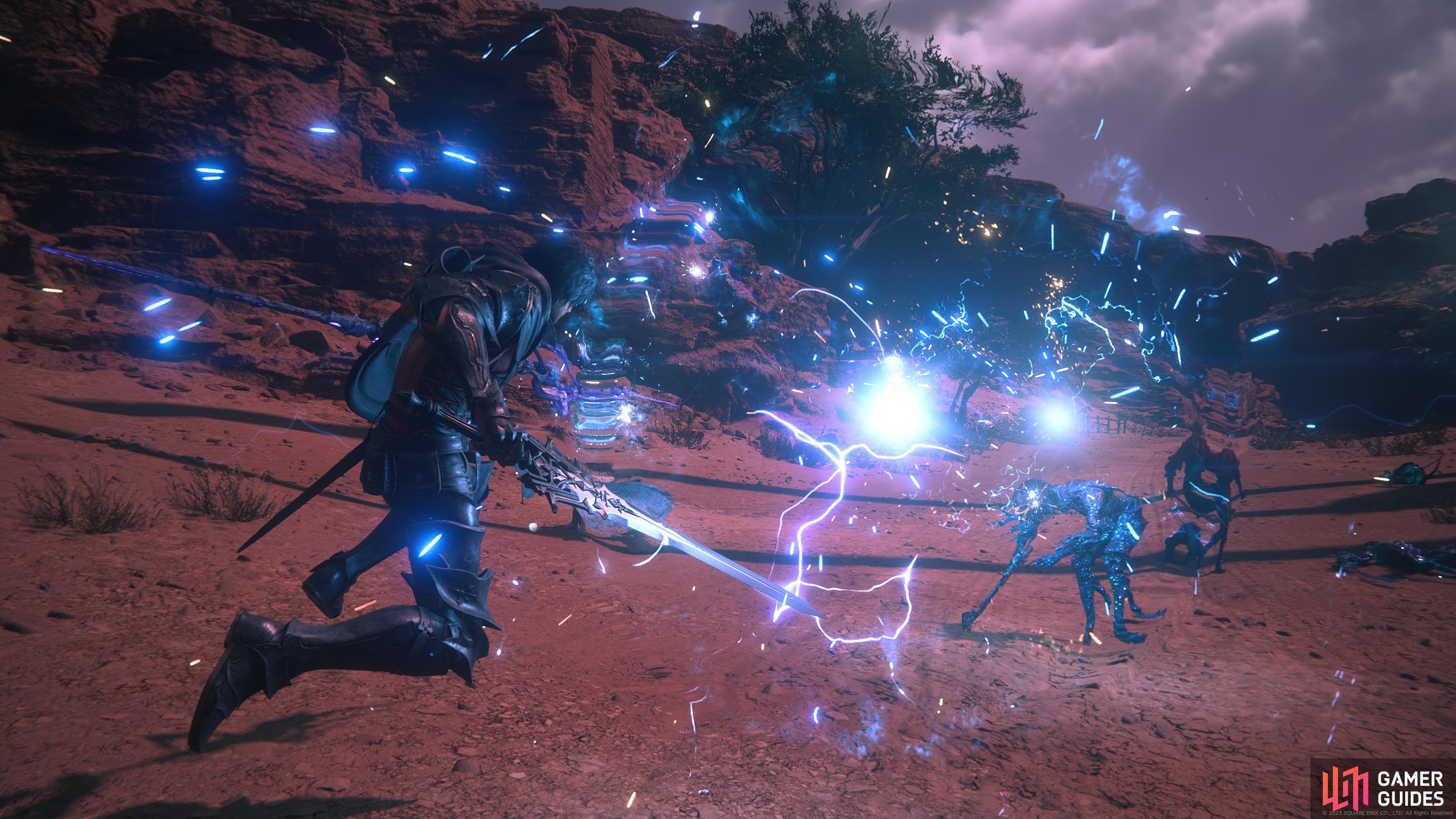
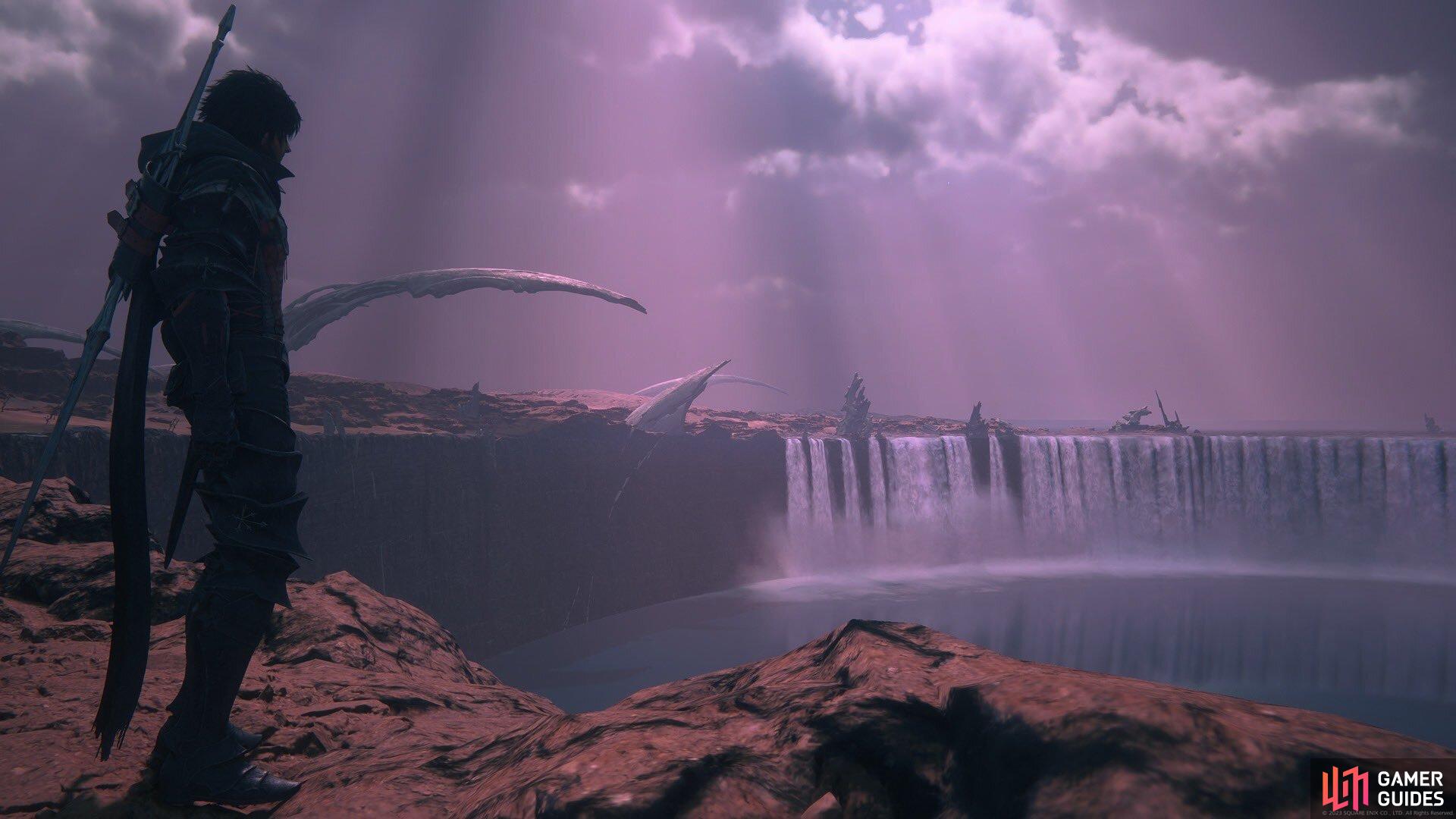
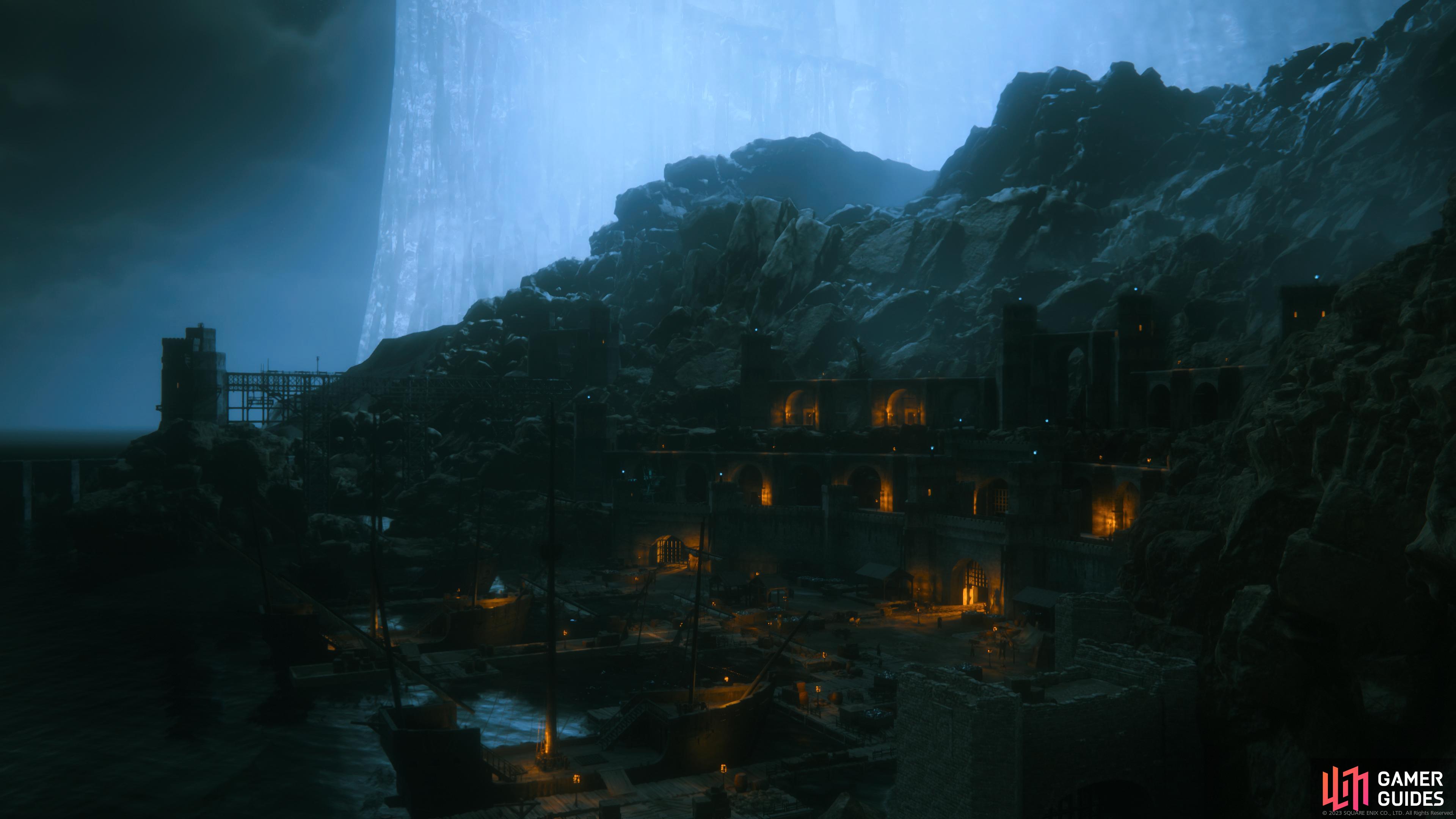
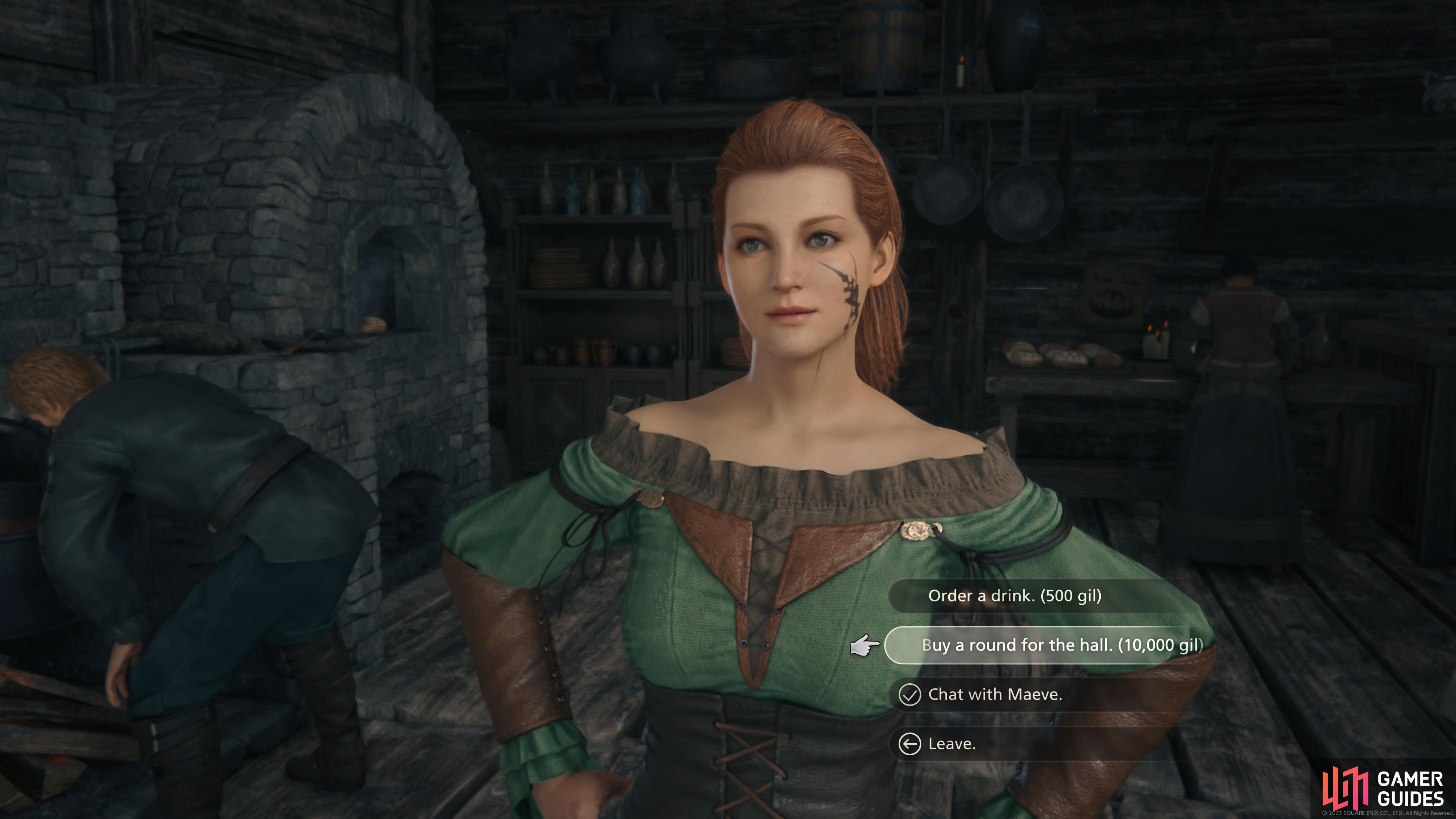
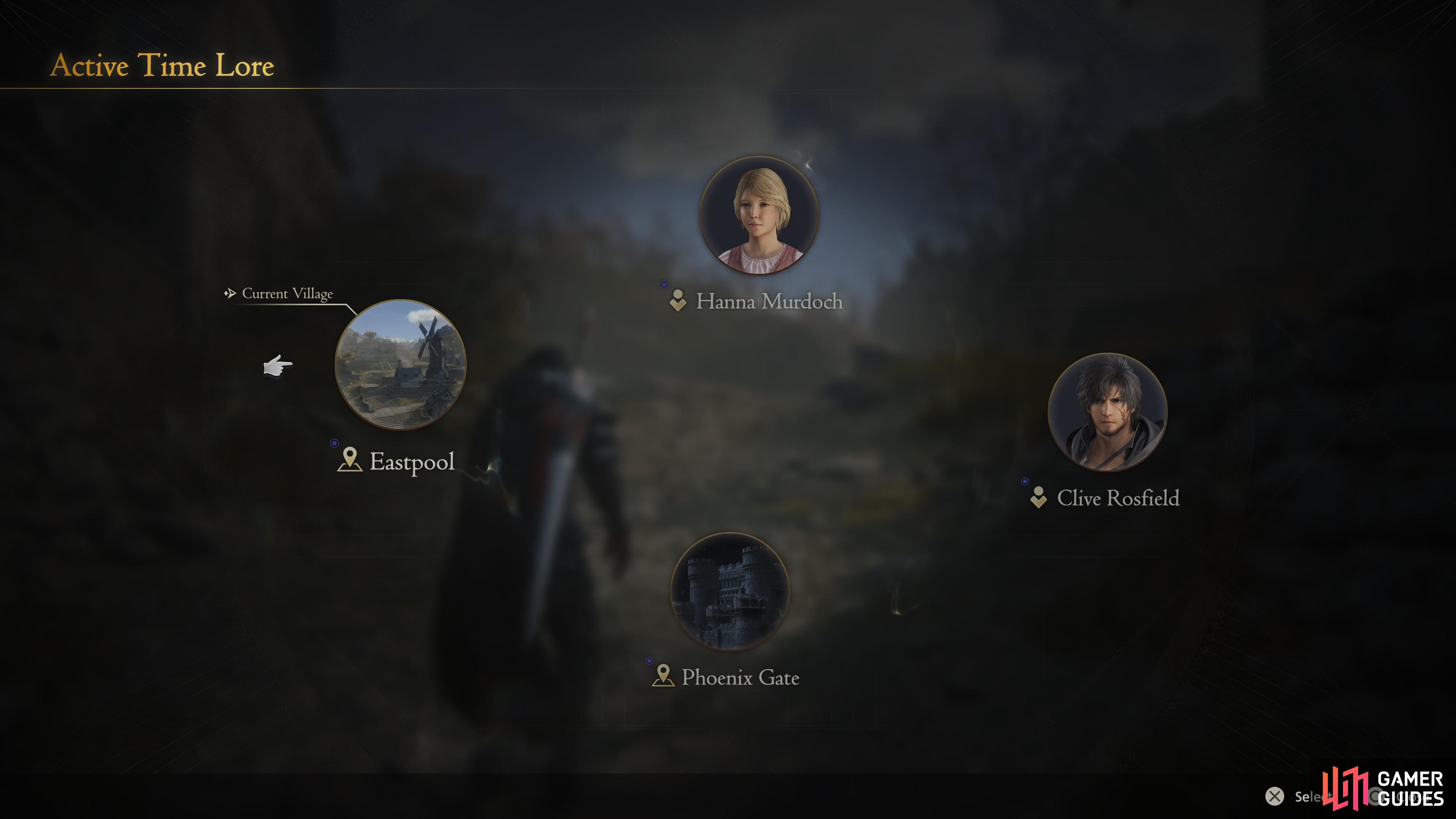
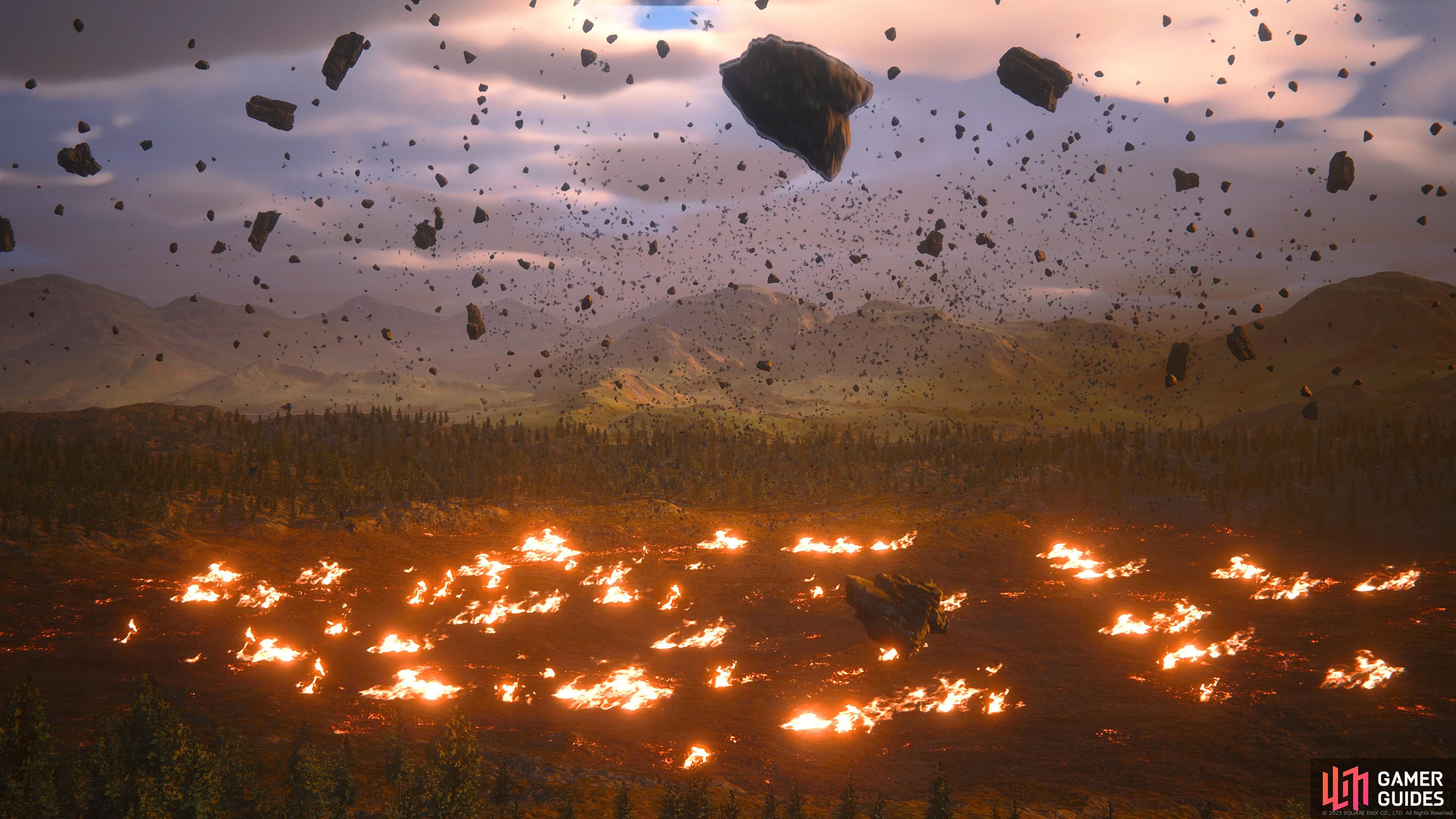
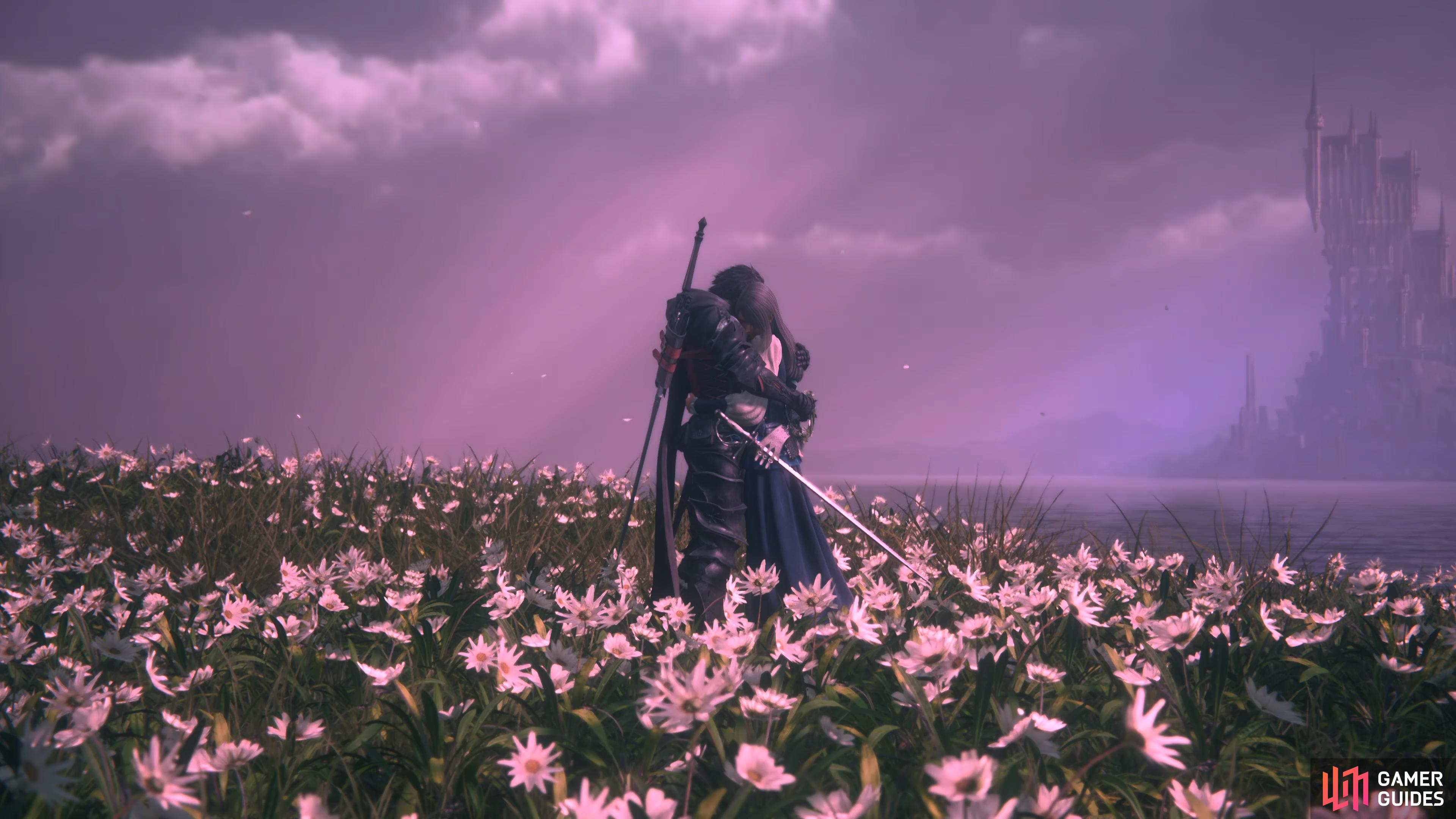
No Comments